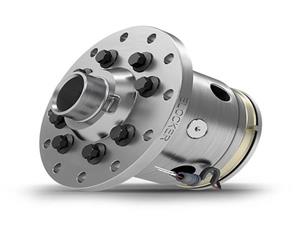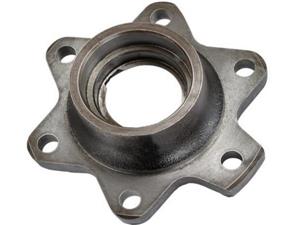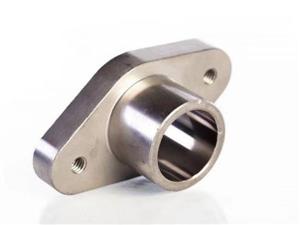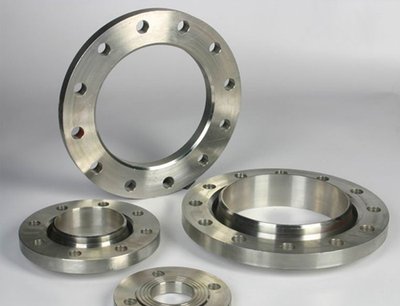Where are the difficulties in the detection of steel castings
Each cast steel product needs to be tested before it is put into use, so as to ensure that the product has no problems before it is put into the market for use. Its scope of use is also relatively wide. The safety and reliability of the parts in these devices is still relatively important, so it is still more important when testing.
There will also be some difficulties in testing during testing. The common ones are poor ultrasonic penetration, more interference and impurities, and difficulties with surface conforming to the conditions but internal defects, etc. The poor penetration of ultrasonic waves is mainly due to the fact that complex sections such as coarse grains and uneven structures enhance the scattering of ultrasonic waves. Such energy attenuation is large, so the thickness of the test is smaller than that of forgings.
The interference and clutter we mentioned before mainly refers to the fact that when the sound wave is scattered on the uneven and not compact address and the coarse grain section of the steel casting, the scattering signal intensity is relatively large, and it will be received by the probe. , then clutter will be formed, and the rough surface of the steel casting will also form clutter for reflection.
If the surface condition is poor, that is, the surface of large steel castings is rough, it will not be suitable for coupling, then the surface hardness will be relatively high, and it will be very difficult to polish afterwards, and their defect quantification will also greatly attenuate the sound wave. If the shape of the defect is more complicated, artificial defects can be used as the benchmark, and the error is still relatively large.





